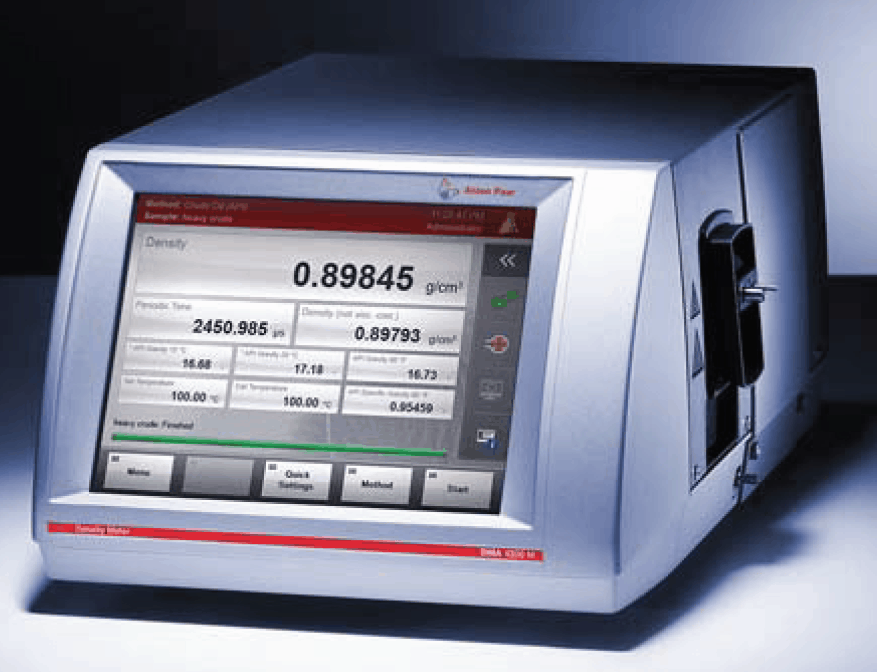
There are many different ink types on the global market. Depending on the printing process or printing surface they differ in appearance and composition. Nevertheless, most inks consist of basic raw materials such as pigments, resins, additives and solvents. Due to changes in composition and selection of additives, the resulting inks differ in chemical and physical properties.
Ink generally is an evolving substance that becomes more and more specialised. Innovation and development is needed not only to overcome problems such as drying time, durability and adhesion on surface, but also to yield brilliancy or to reduce environmentally critical components.
Fluids used as inks must have the capability of being stable and accurately printed, and this depends primarily on the physical properties density, surface tension, and viscosity. Density is all in all a meaningful parameter for quality control as well as research and development of new ink formulations.
DMA 4200 M allows to measure a variety of ink formulations as the cell temperature can be increased up to 200°C and high pressures (up to 500 bar) can be applied. DMA 4200 M therefore is a powerful tool to specify the density of various types of ink not only in quality control, but also in research and development.










UK Enters ‘Golden Age of Nuclear’
The delay (nearly 8 years) in getting approval for the Rolls-Royce SMR is most worrying. Signifies a torpid and expensive system that is quite onerous...